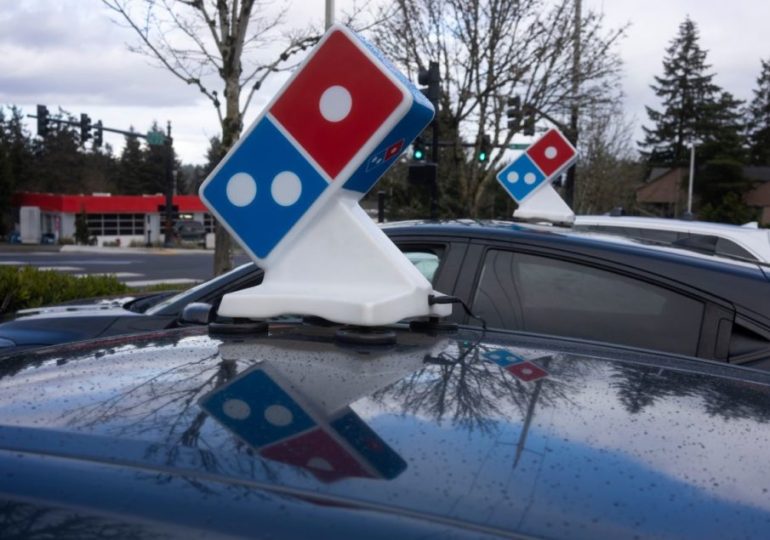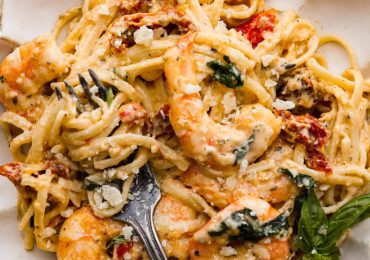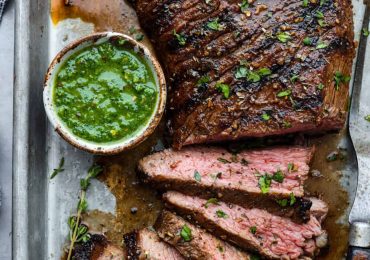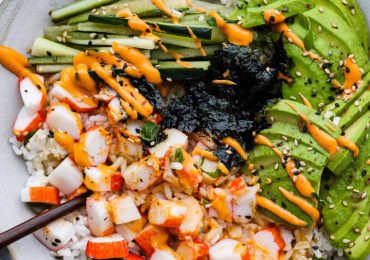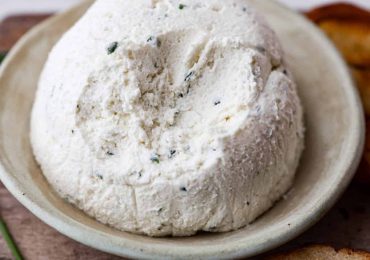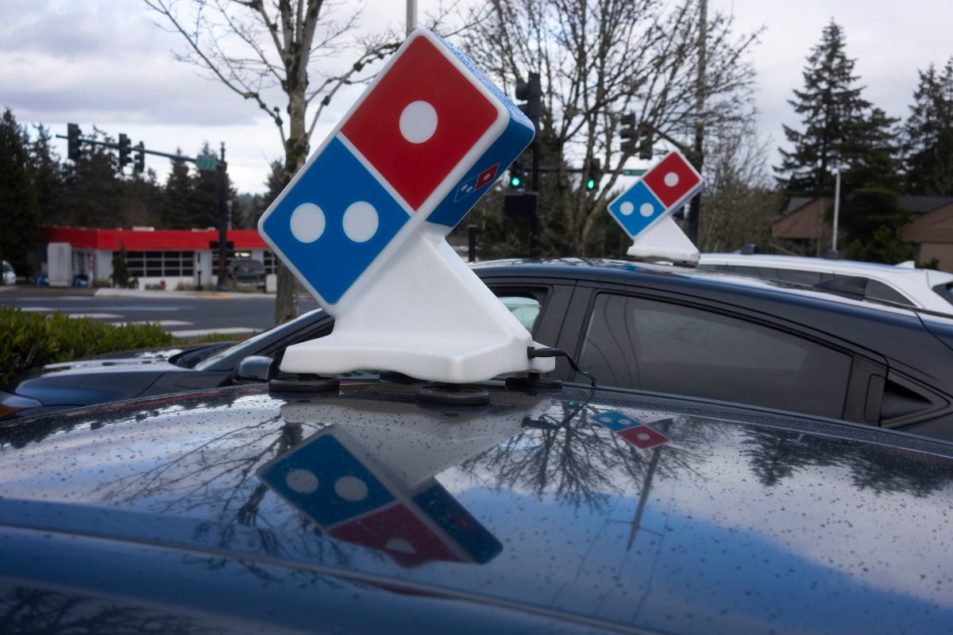
ANN ARBOR, MICH. — The share price for Domino’s Inc. on the New York Stock Exchange fell 12% on Feb. 23, the day the Ann Arbor-based pizza chain gave results for the fiscal year ended Jan. 1. The drop in price came after delivery US same-store sales in the fourth quarter declined by nearly 7% compared to the previous year’s fourth quarter.
Executives at Domino’s are studying dynamics that affect Domino’s and the broader restaurant category, said Russell J. Weiner, chief executive officer, in a Feb. 23 earnings call.
“First, as consumers returned to many of their pre-COVID eating habits, some of the sit-down business that was a source of volume for restaurant delivery orders returned to that channel,” he said. “Second, inflation impacted delivery due to the added expenses of fees and tips in that channel. Our research shows that a relatively higher delivery cost during inflationary times leads some customers to prepare meals at home instead of getting them delivered. We believe this dynamic will continue to pressure the delivery category in the short term as long as consumers’ disposable income remains pressured by macroeconomic factors.
“Despite these pressures, US delivery sales for Domino’s in 2022 were more than ($500 million) higher than the pre-COVID baseline in 2019.”
US same-store sales declined 0.8% in the fiscal year while international same-store sales, excluding the impact of foreign currency, increased 0.1%. Net income fell 11% to $452.3 million, or $12.53 per share on the common stock, from $510.5 million, or $13.54 per share, in the previous fiscal year. Revenues increased 4.1% to $4.54 billion from $4.36 billion.
Domino’s stock price on Feb. 23 closed at $307.86 per share, down from a close of $348.46 on Feb. 22. The share price on Feb. 24 closed at $297.47, the first time it had been under $300 since a previous 52-week low of $299.41 on Oct. 12, 2022.
Executives of Domino’s lowered the company’s two-to-three-year outlook due to economic headwinds impacting the US delivery business in particular. The outlook, excluding the impact of foreign currency, now calls for 4% to 8% global retail sales growth, down from a previous outlook of 6% to 10%, and global net unit growth of 5% to 7%, down from 6% to 8%.
Mr. Weiner said staffing issues have improved, which should help the delivery business. Hires at corporate stores have returned to levels before COVID-19.
“Turnover is down,” he said. “Job applications are up, and we’re getting people through the system faster on applications.”
Domino’s-owned electric delivery vehicles could provide another boost.
“So we have an EV fleet of 800 vehicles, but that actually is part of a larger kind of strategic shift you’re starting to see with our franchisees and corporate stores in purchasing vehicles, and what that enables us to do, is attract folks who’ve got driver’s licenses but maybe don’t have access to vehicles,” Mr. Weiner said.
Carryout comprises about half of Domino’s orders and 40% of the sales in the United States, Mr. Weiner said. In the fourth quarter, US carryout same-store sales were up 14% when compared to the same time of the previous year.
“If it were a company of its own, Domino’s carryout would be counted amongst the top 20 QSR brands in America based on consumer spending obtained by NPD for the year ending December 2022,” Mr. Weiner said. “To support the growth of the business, we opened a new supply chain center in Merrillville, Ind., in September. As you know, we have invested significantly in our supply chain, opening four new centers since 2018.”
In the fourth quarter, US same-store sales increased 0.9% while international same-store sales, excluding the impact of foreign currency, increased 2.6%. Net income of $158.3 million, or $4.43 per share on the common stock, was up 1.7% from $155.7 million, or $4.25 per share, in the same time of the previous year. Revenues in the quarter increased 3.6% to $1.39 billion from $1.34 billion.
